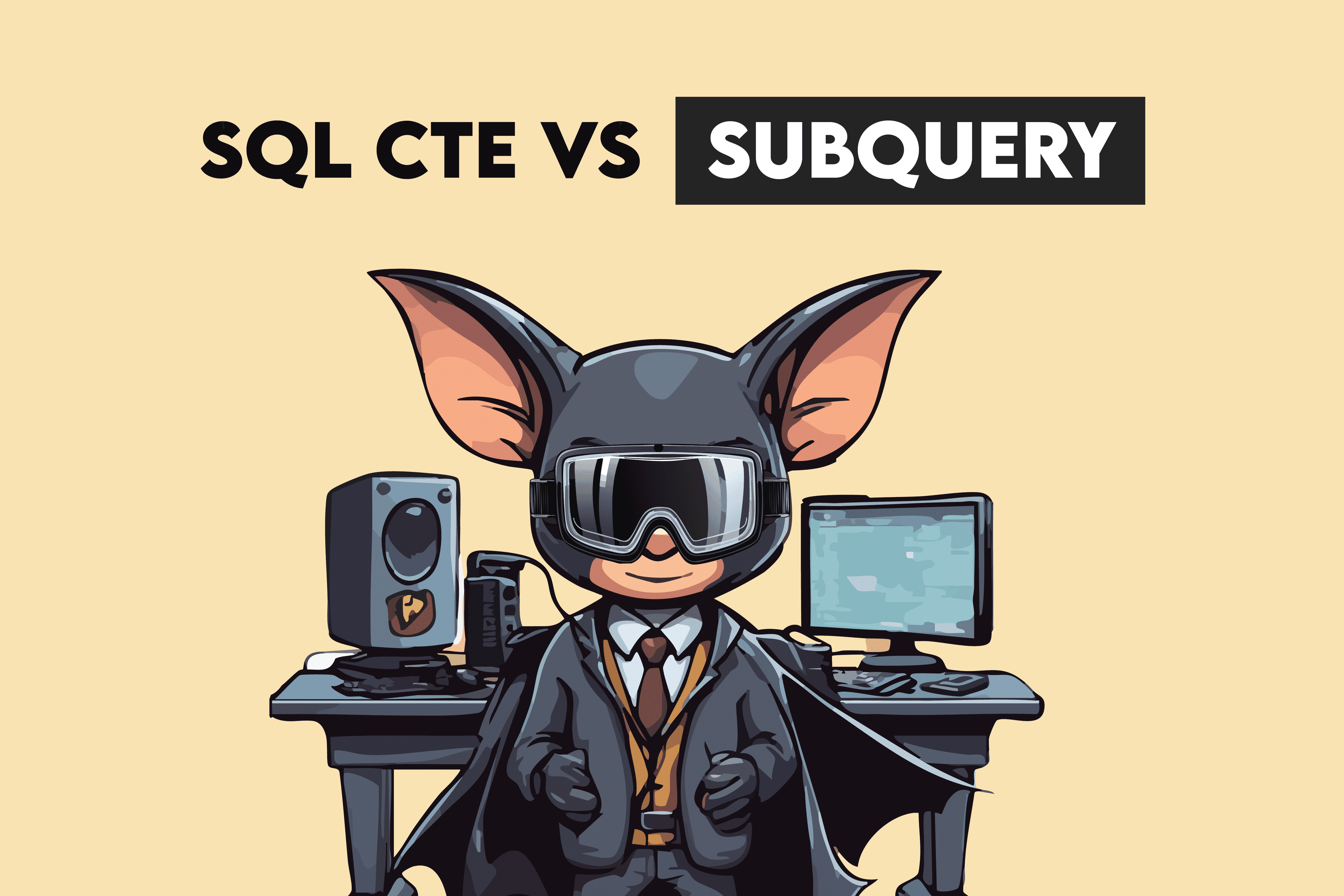SQL CTE vs. Subquery: A Comprehensive Comparison for Developers

SQL CTE vs. Subquery: The Enduring Debate
This article delves into the long-standing debate surrounding SQL Common Table Expressions (CTEs) and subqueries, exploring their differences, advantages, and disadvantages to determine which is superior.
Introduction
CTEs and subqueries are often perceived as interchangeable, differing only in syntax. However, this article argues that they are fundamentally distinct and serve different purposes in SQL query construction. The goal is to analyze their comparative strengths and weaknesses.
CTE & Subquery Definitions
- Common Table Expressions (CTEs): Introduced with the
WITHclause, CTEs are temporary, named result sets that can be referenced multiple times within a single query. They function like temporary tables, existing only for the duration of the query's execution. - Subqueries: Also known as inner queries or nested queries, subqueries are
SELECTstatements embedded within another SQL statement (such asSELECT,INSERT,UPDATE,DELETE,WHERE,HAVING,FROM, orSET). They are used to break down complex queries into smaller, manageable parts.
While both serve to simplify query logic, their implementation and capabilities differ.
The Great Showdown: CTEs vs Subqueries
The article compares CTEs and subqueries across four key aspects: Readability, Performance, Reusability & Maintainability, and Recursion.
Round 1: Readability
- Subqueries: Complex queries using multiple nested subqueries can become difficult to read and debug, often resulting in a
Original article available at: https://www.kdnuggets.com/sql-cte-vs-subquery-this-debate-aint-over-yet